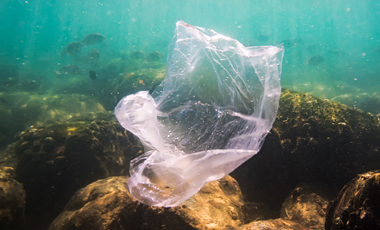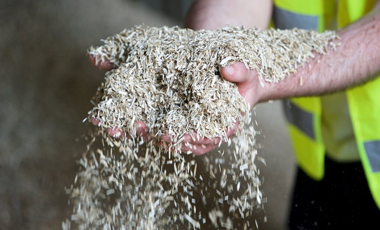

Circular Economy: Redefining Value
The system we live in is designed for waste. We produce, consume, and discard - leaving behind millions of tons of waste that accumulate in landfills, oceans, and soil. But what if there were no more waste?
In a circular economy, materials don't have an end - they have a new beginning. Instead of becoming waste, they are reintegrated into the system, either as nutrients for the earth or as inputs for new products.
♻️ Rethinking the value of materials
Today, most plastics are designed for single use, but their impact lasts for centuries. In a circular model, materials are made to serve their purpose and then return to nature without a trace or are efficiently reused.
The challenge isn't just to recycle more, it's to design better in the first place.
🌱 In our model, waste doesn't exist.
At Landopp, we work with biomass, transforming agricultural waste into biopolymers that naturally close the cycle. Materials that not only perform their function, but can biodegrade without harming the planet.
It's time to go beyond the old linear system and rethink how we produce and consume. Because when design is smart, waste disappears.
Other related news
-
Sustainability

Industrial hemp: a strategic driver for Uruguay’s new bioindustry
Could this be the cornerstone of a new green and regenerative economy for Uruguay?
-
Sustainability

Redefining Value: Why Investing in Sustainability is No Longer Optional
In a world where the word "cost" drives key business and government decisions, we need to rethink what we are talking about when we talk about investment.
-
Sustainability

At the bottom of the sea: the garbage that betrays us
The Calypso Trench in the Ionian Sea reveals a worrying concentration of marine debris, revealing the extent of human pollution in the depths of the ocean.
-
Sustainability

Hemp: A crop with a future
For years its potential was ignored, but today the world is rediscovering all that hemp can bring to industry and the environment.
